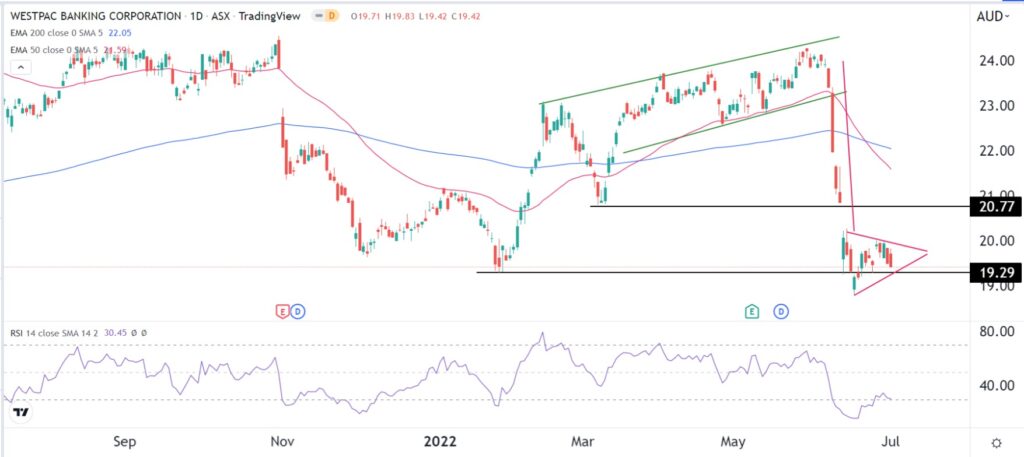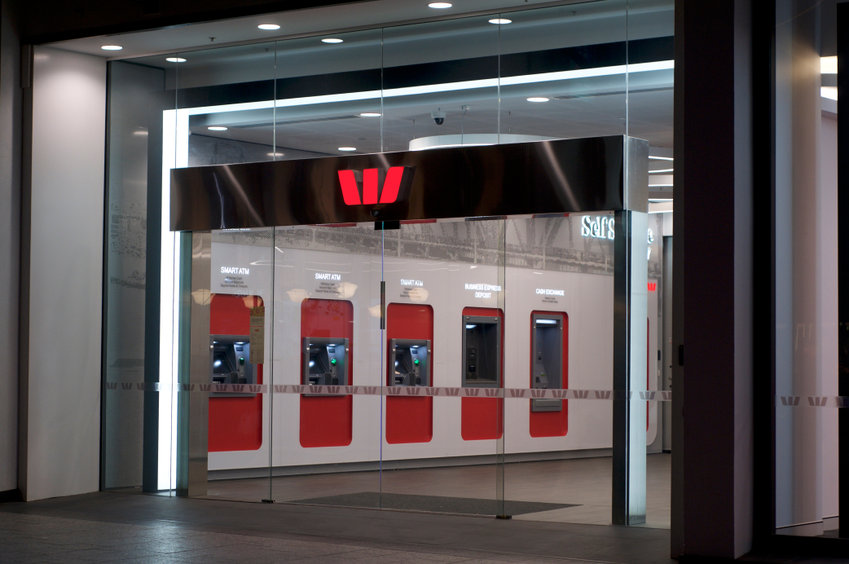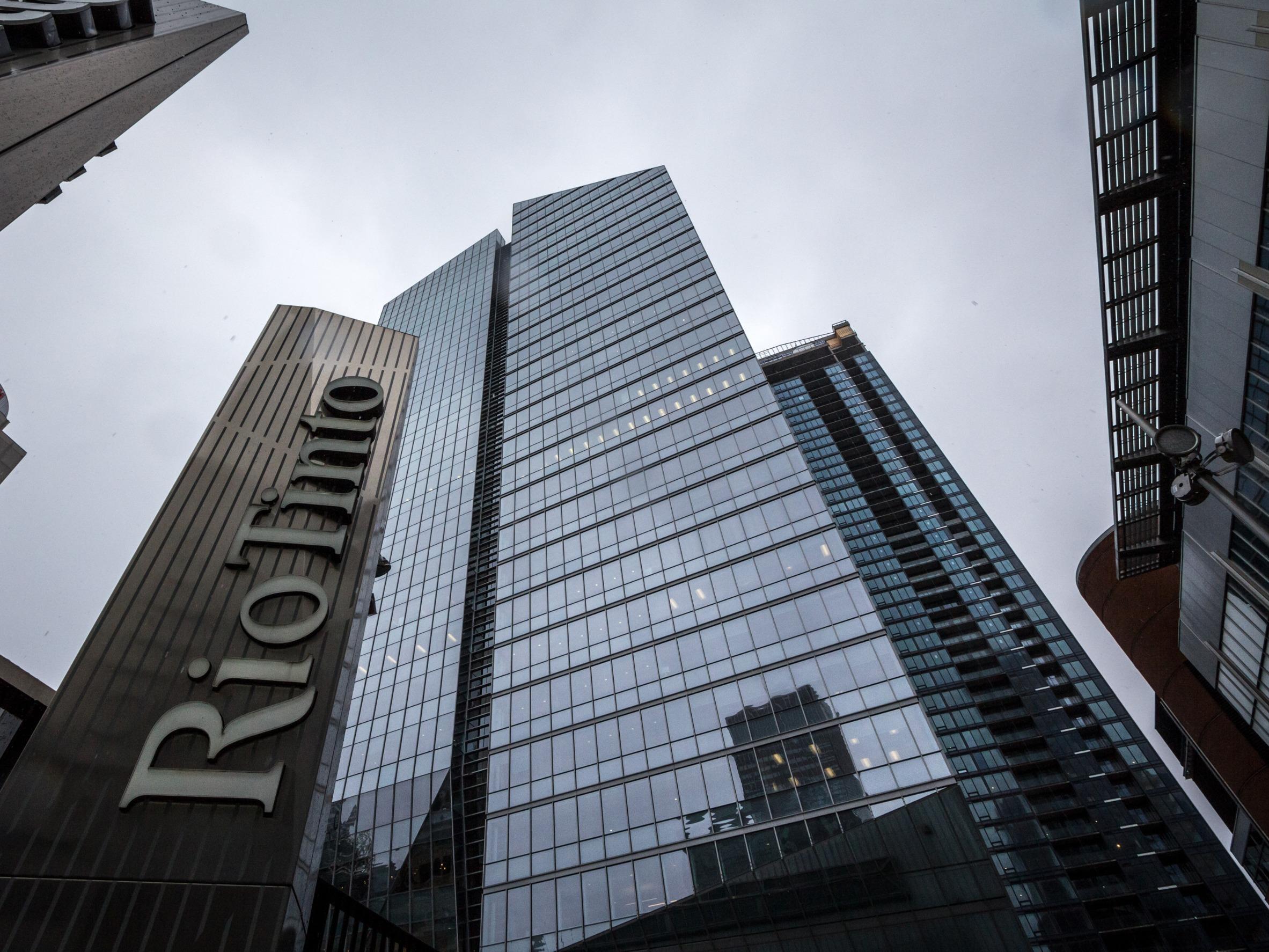The Westpac stock price has been in a downward trend in the past few months as concerns about the Australian economy remain. WPC shares have tumbled by 6.7% year-to-date and by 20% from its highest point in June this year. This means that the stock has moved to a bear market. It has underperformed other giant Australian banks like NAB, ANZ, and Commonwealth Bank.
RBA interest rate decision
The Westpac share price has dropped sharply recently even as the Reserve Bank of Australia (RBA) has embraced a more hawkish tone. The bank made its first interest rate hike in April when it raised rates by 0.25%. It then made another 0.50% rate increment in May this year.
The RBA will start its July meeting on Monday and deliver its verdict on Tuesday morning. Analysts believe the bank will deliver another 0.50% hike as it fights against inflation. In a recent report, analysts at Westpac wrote that:
“Australia’s soft landing will allow the RBA to hold rates steady in 2023 and 2024 as inflation gradually eases back. We accept that our forecasts for the cash rate assume a successful navigation of a very narrow path towards a soft landing.”
Why is WPC falling amid high rates?
Historically, banks do well in a period of high-interest rates. This happens as they adjust their consumer and business loans to reflect higher rates. Indeed Westpac has already hiked its mortgage rates due to RBA hikes.
However, bank stocks have dropped sharply as investors worry about the rising recession risks. For example, while the Federal Reserve has made a 175 basis point rate hike, bank stocks like Morgan Stanley, Goldman Sachs, and Citi have all dropped. The closely-watched SPDR Bank ETF (KBE) has fallen by more than 15% YTD.
The same trend has happened in the UK, where the Bank of England (BOE) has made five rate hikes this year. Banks like Lloyds, Barclays, and HSBC have all slipped to a correction level.
The Westpac stock price has crashed because investors expect that high rates will affect consumer and business demand. As a result, high-interest income will be offset by low demand and a potential for a recession.
WPC share price has also tumbled because of the ongoing regulatory scrutiny. In April, the company was forced to pay A$113 million for charging 11,800 deceased customers. It also has five ongoing cases that were filed by ASIC. In 2020, the company paid A$1.3 billion for breaching AML claims.
Is Westpac a good stock to buy?
So, is the Westpac share price too cheap to ignore? There are several reasons why Westpac is still a good bank to invest in. First, it is one of the biggest banks in Australia with over 14 million customers. Second, the company has strong dividends.
In the most recent quarter, the company decided to lift its dividend per share to $0.61 and analysts believe the trend will continue. The bank has a forward dividend yield of 6.46%, which is higher than other Australian banks. It is also reduced its outstanding shares through a stock buyback.
Still, the biggest concern for Westpac is that its non-interest income could slow as the country’s economy continues struggling.
Westpac stock price forecast

The daily chart shows that the WPC stock price formed an ascending channel shown in green between March and June this year. The stock then made a strong bearish breakout despite the hawkish tone by the RBA. Now, it has formed a death cross pattern as the 50-day and 200-day moving averages (MA) have made a bearish crossover.
The stock is forming a bearish pennant pattern that is shown in pink. Therefore, there is a likelihood that the Westpac share price will continue dropping in July. If this happens, the next key support to watch will be at A$18.





